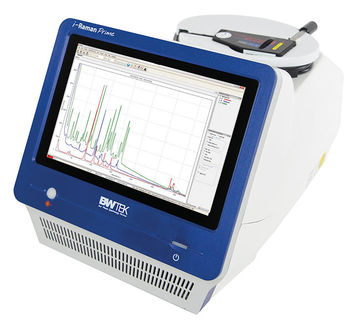To use all functions of this page, please activate cookies in your browser.
my.chemeurope.com
With an accout for my.chemeurope.com you can always see everything at a glance – and you can configure your own website and individual newsletter.
- My watch list
- My saved searches
- My saved topics
- My newsletter
Patterson functionThe Patterson function is used to solve the phase problem in X-ray crystallography. It was introduced by Arthur Lindo Patterson in 1934. Product highlightThe Patterson function is defined as It is essentially the Fourier transform of the intensities rather than the structure factors. The Patterson function is also equivalent to the electron density convoluted with its inverse: Furthermore, a Patterson map of N points will have N(N−1) peaks, excluding the central peak and any overlap. The peaks in the Patterson function are the interatomic distances weighted by the product of the number of electrons in the atoms concerned. The Patterson always has central symmetry. One-dimensional exampleConsider the series of delta functions given by Then the Patterson function is |
| This article is licensed under the GNU Free Documentation License. It uses material from the Wikipedia article "Patterson_function". A list of authors is available in Wikipedia. |












